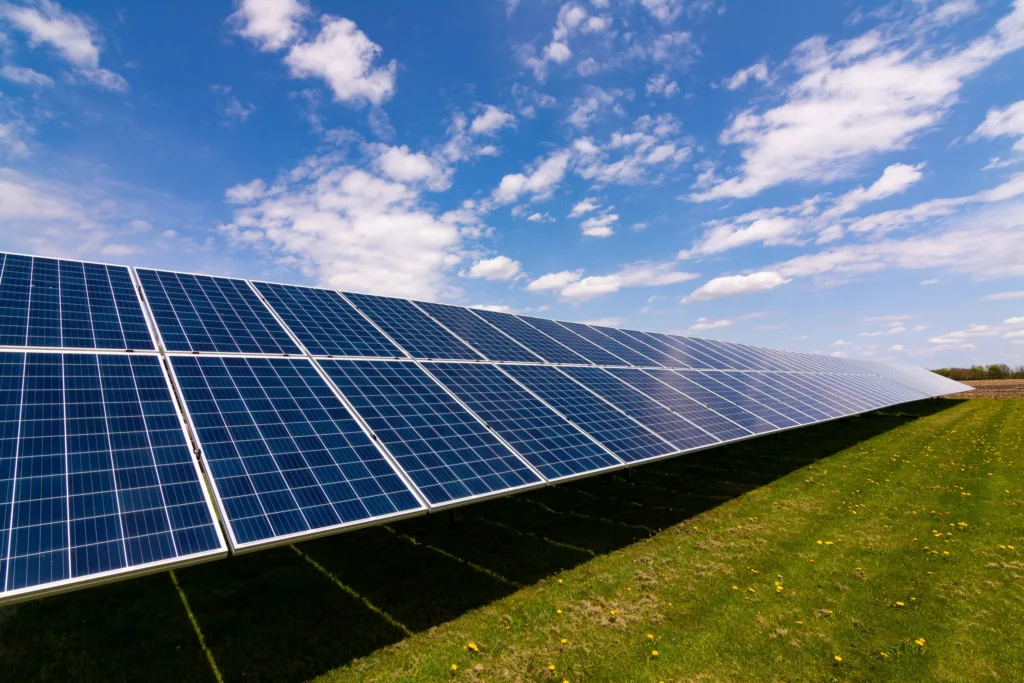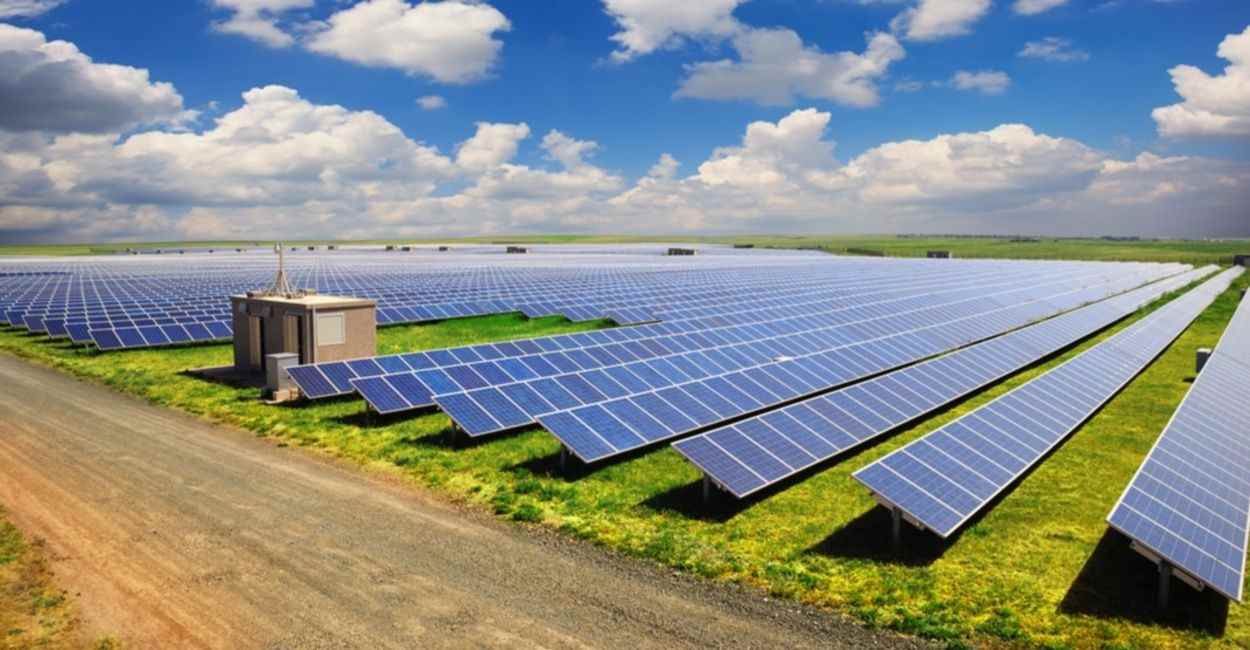Have you been thinking about setting up your own solar farm but have no idea where to start? The world of renewable energy can seem overwhelming, especially for beginners. That’s why I’m here to guide you every step of the way!
In this ultimate guide, we’ll cover everything you need to know about how to setup a solar farm. From understanding the basics of solar energy and choosing the right location, to obtaining permits and installing panels – I’ve got you covered. By the end of this article, you’ll have all the information and resources needed to confidently embark on your journey towards sustainable energy production. So let’s get started!
So, how to setup a solar farm?
Setting up a solar farm can be an exciting and rewarding venture. Not only does it provide clean and renewable energy, but it also has the potential for significant financial returns. However, like any major project, there are important factors to consider before diving in.
Firstly, location is key when it comes to setting up a solar farm. You will need ample space with access to plenty of sunlight throughout the day. This means choosing a site that is not obstructed by trees or buildings and has minimal shading from nearby structures.
Next, you will need to research and obtain all necessary permits and approvals from local authorities. This may include zoning permits, building permits, environmental impact assessments, and interconnection agreements with utility companies.
Once you have secured your desired location and necessary approvals, you can begin designing your solar array. This involves determining the size of the system needed based on your energy goals and available space.
The next step is selecting high-quality equipment such as solar panels, inverters, mounting systems, batteries (if applicable), etc. It’s crucial to invest in reliable components that will withstand weather conditions over time.
After installation of the equipment comes testing and commissioning to ensure everything is functioning properly before connecting it to the grid. Once connected, regular maintenance checks should be conducted to ensure optimal performance.
Finally, marketing your solar farm’s electricity production can help generate revenue through power purchase agreements or selling excess energy back to utility companies at favorable rates.
Understanding the Basics of Solar Energy Production
Solar energy production harnesses the power of the sun to create electricity, and it all starts with solar panels. These panels contain solar cells made from materials like silicon. When sunlight hits these cells, a fascinating process occurs: the sunlight’s energy excites electrons in the silicon, creating an electric current. This transformation is called the photovoltaic effect, allowing us to convert sunlight directly into usable power for our homes and devices. To make this energy usable, we often connect multiple panels together in large arrays; this increases their capacity to generate more electricity.
Once generated, solar energy needs some help getting into our daily lives. The direct current (DC) produced by solar panels is converted into alternating current (AC) through a device known as an inverter—this type of current is what most household appliances use. From there, it can either be used immediately or sent back to the grid if there’s excess production. Some homeowners even store extra power in batteries for later use during cloudy days or at night! By investing in solar technology, we’re not only embracing cleaner energy but also paving the way for a sustainable future that reduces reliance on fossil fuels while lowering utility costs and carbon footprints.
Choosing the Right Location for Your Solar Farm
When it comes to establishing a solar farm, selecting the right location is crucial. Ideally, you want a site that receives abundant sunlight throughout most of the year. Flat or gently sloping land can make installation easier and more efficient. Think about areas with minimal shade from trees or buildings; even small shadows can reduce energy output significantly. Additionally, proximity to existing electrical infrastructure is important because it saves money on connecting your solar power to the grid. If possible, look for locations near substations or transmission lines so that energy generated can be easily distributed.
Another factor in choosing a prime spot revolves around local regulations and community sentiment. Before making decisions, check if there are zoning laws that might restrict large installations. It’s equally vital to engage with local communities; working together fosters goodwill and addresses any concerns people may have about property values or aesthetics related to solar panels. Environmental impact assessments should also be part of your planning process—avoid sites home to endangered species or significant natural habitats.
In summary, finding the perfect location combines elements like sun exposure, accessibility to existing infrastructure, compliance with regulations, and consideration for community feelings towards renewable projects.
Read also: how to make money as a nonprofit
Obtaining Necessary Permits and Legal Considerations for Your Solar Farm
When diving into the exciting adventure of starting a solar farm, understanding permits and legal considerations is crucial. First off, you’ll want to familiarize yourself with local regulations. Different areas have unique laws regarding land use, environmental protections, and zoning requirements. Contacting your local government or planning office can help clarify what you need to submit before breaking ground. This might include an environmental impact assessment, which examines how your project affects the surrounding area—wildlife, water sources, and even historical sites. Securing these documents ensures that you’re not only compliant but also supporting sustainable practices in your community.
Additionally, it’s wise to consider any necessary agreements with utility companies for connecting your solar energy production to the grid. You may need interconnection permits that allow you to send power back into the electrical system. If you’re leasing land for your solar farm instead of purchasing it outright, having a well-drafted lease agreement is essential; this protects both parties involved while clarifying responsibilities regarding maintenance and insurance coverage. Be sure also to check if there are any financial incentives or rebates available through state programs or federal tax credits that could offset some costs associated with obtaining these permits.
By being thorough about legal considerations upfront, you’ll pave a smoother path toward harnessing the sun’s energy effectively!

Installing and Setting Up Solar Panels for Your Solar Farm
Setting up a solar farm is an exciting venture that taps into the power of the sun. First, it’s important to choose the right location for your solar panels. Ideally, you want an area with plenty of sunlight and minimal shade from trees or buildings. Once you’ve selected a spot, consider how many panels you’ll need based on your energy goals and available space. Conducting a detailed assessment can help determine factors like land size, panel efficiency, and expected energy output.
After planning comes installation! Start by preparing the ground; this may involve leveling the terrain or clearing obstacles like rocks and debris. Next, you’ll install racking systems to hold your solar panels securely in place. Ensure that they’re angled correctly to capture maximum sunlight throughout the day. After securing all components, connect each panel with wiring that feeds into an inverter—this transforms sunlight into usable electricity for homes or businesses nearby.
Lastly, remember to check local regulations regarding permits and inspections before powering everything on! With careful planning and execution, your solar farm can become a shining example of sustainable energy in action!
You may also like: who are Chevron’s joint venture partner
Maintaining your Solar farm and Maximizing Energy Output
To keep a solar farm running smoothly, regular maintenance is essential. This involves not only cleaning the solar panels but also checking all electrical components and connections. Dust, dirt, and debris can block sunlight from reaching the panels, reducing energy production significantly. Therefore, a scheduled cleaning routine is critical—especially in areas prone to pollution or dust storms. Additionally, inspecting cables for wear and ensuring that inverters are functioning properly helps maintain optimal performance levels over time.
Moreover, monitoring systems play a vital role in maximizing energy output. These systems track how much energy is generated daily and identify any issues promptly. When problems arise—like shading from newly grown trees or nearby construction—quick action can be taken to mitigate losses. Implementing an effective maintenance schedule along with real-time data analysis creates an efficient approach to managing your solar farm’s health.
Key aspects of this process include:
- Regular panel inspections
- Cable checks for damage
- Monitoring environmental changes
A well-maintained solar farm not only boosts productivity but ensures longevity as it harnesses the sun’s power effectively day after day.
Taking a Step Towards Sustainable Energy Production Through Your Solar Farm
Building a solar farm is like planting seeds for a brighter, cleaner future. By harnessing the sun’s energy, we can produce electricity without polluting the air or water. Imagine rows of shiny solar panels basking in the sunlight, capturing rays that would otherwise go to waste. These panels convert light into power, providing energy for homes and businesses while lowering greenhouse gas emissions. When you invest in a solar farm, you’re not just creating power; you’re also taking an important step toward sustainability and caring for our planet.
Moreover, establishing your own solar farm can lead to numerous long-term benefits. For starters, it reduces reliance on fossil fuels which are harmful to both health and environment. It generates clean energy that can be stored or used immediately, making it reliable even during peak demand times. Additionally, financial incentives offered by governments often make this investment more appealing than traditional sources of energy production.
Some key advantages include:
– Decreased operational costs over time
– Increased property value
– Potential revenue through selling excess power back to the grid
In essence, each blade of grass under those panels represents hope—a commitment to preserving our Earth’s beauty and resources for future generations.

